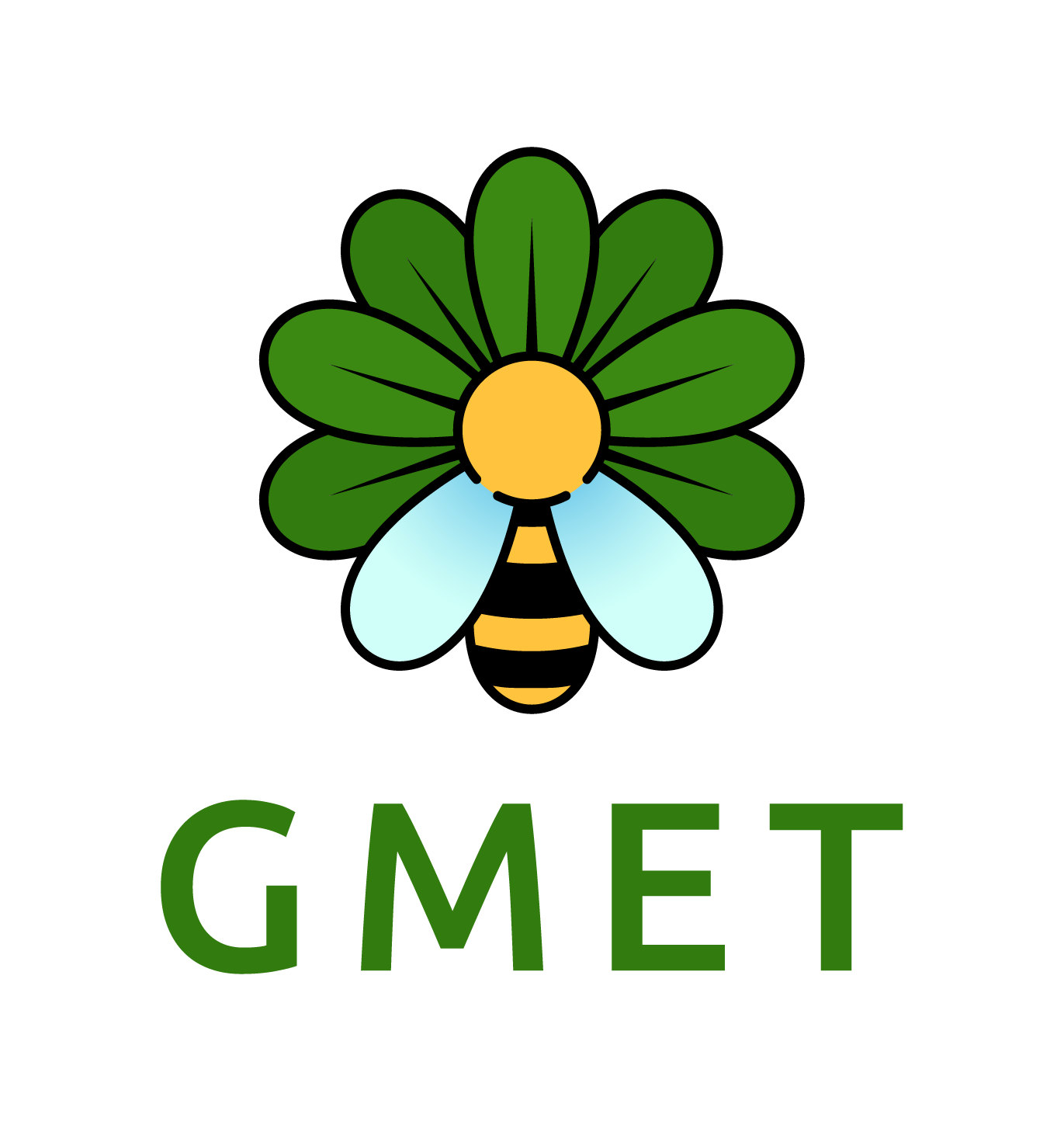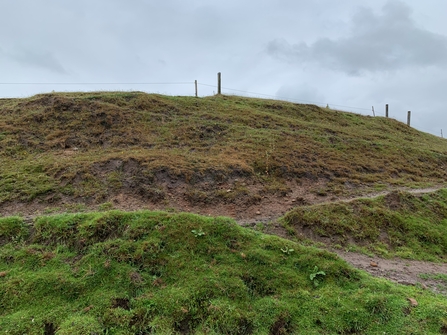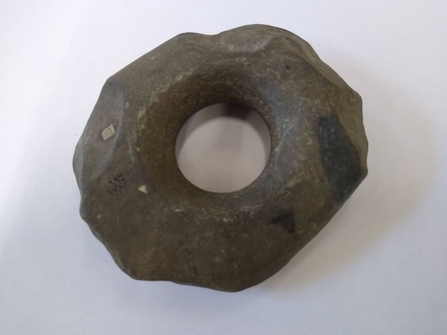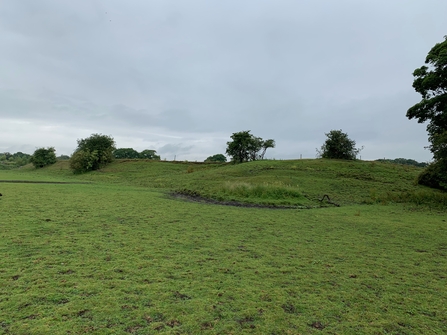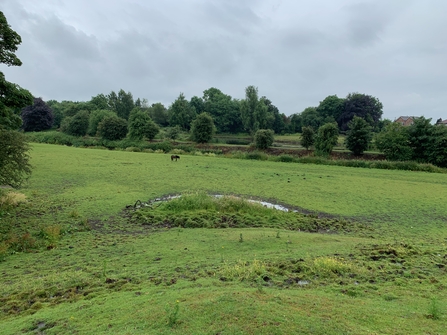The Iron Age Roundhouse site was first spotted by a crop mark that lasted less than a day and excavated between 1986 and 1988.
Lying on the edge of Great Woolden Moss which, like Little Woolden Moss, was one of many bogs or mosses[1] which formed the ten mile expanse of the great ridge-raised mire known as Chat Moss it has much to teach us about how prehistoric people related to the mosslands.[2]
Its location on a sandy ridge is significant. The earliest hunter-gatherers of the Mesolithic period left scattered flints on a ‘small sandy knoll’ at Nook Farm, Eccles, and burnt stone and a single flint on a ‘low sandy patch of skirtland’ at Moss Side, Astley Moss.[3] When the landscape was dominated by birch and pine and the peat bogs were slowly beginning to form in wet hollows and wet basins the people favoured drier sandier ridges to camp and make tools.
